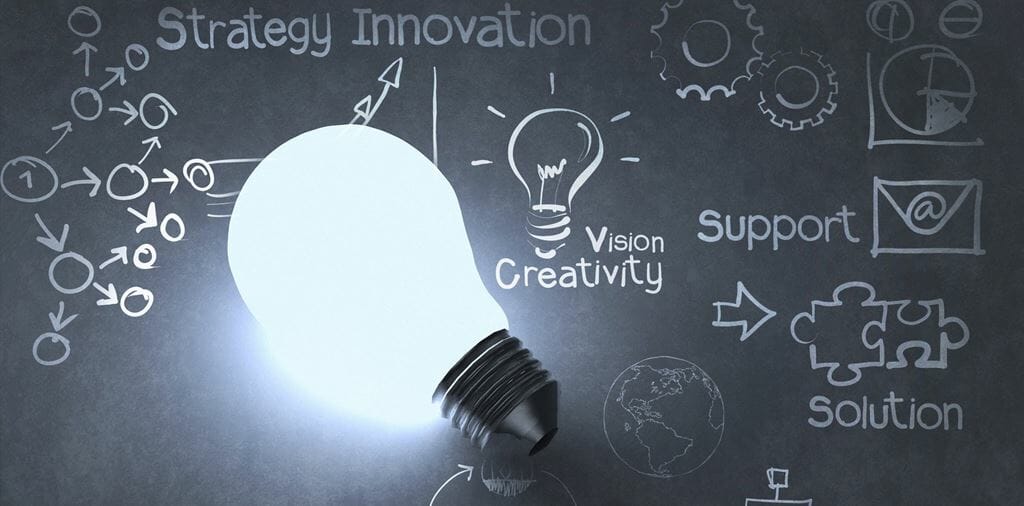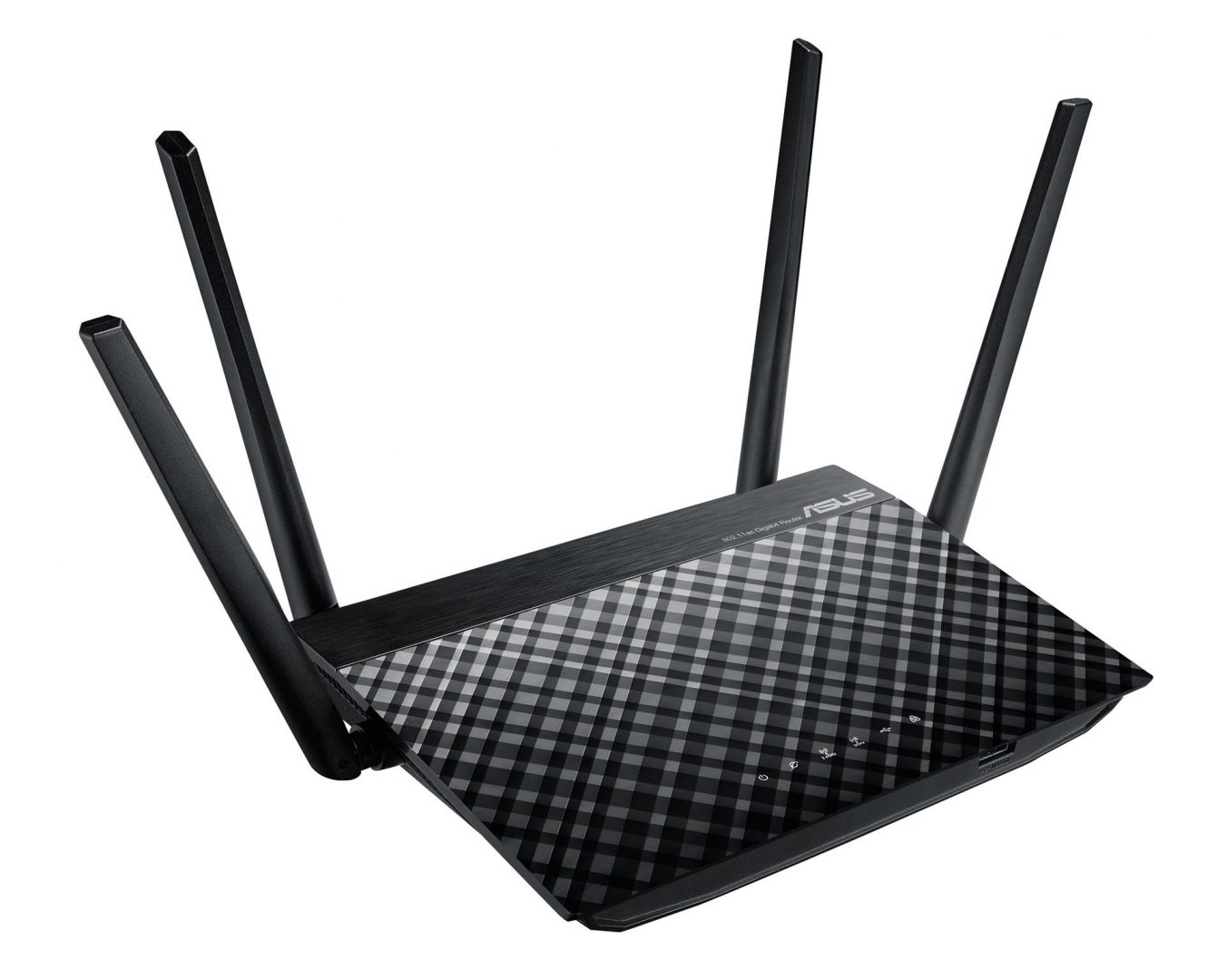
Technology in Education: A Brief History

It is difficult to imagine the educational system without technology, but this wasn’t always the case. In the early years, technology stayed away from education as much as possible. Back then, students relied on primitive tools to garner knowledge.
But as technology improved, education evolved simultaneously. Students and teachers now have personal computers and the Internet with vast opportunities. For instance, everyone can get rewrite essay and collaborate with their peers remotely.
To understand how far humanity has come from the days of slates and blackboards, let’s explore the history of technology in education.
The Pre-computer Era
This period covers the entirety of human history before computers became household gadgets. But to save time, let’s narrow down our focus to specific inventions.
Abacus
The abacus is a counting frame that has been in existence since time immemorial. But this simple calculation device remained part of the education system into the 20th century.
With the abacus, students could handle simple addition, subtraction, and multiplication.
Typewriter
The first typewriter was invented in 1868. This technology spread across the globe. It brought Gutenberg’s printing press into the hands of regular people.
In the late 1800s and early 1900s, writers, scientists, journalists, educators, and scholars all used typewriters for their work.
Radio
Radio technology appeared in the early 1900s. Yet, it didn’t become a learning tool until the 1920s.
Educators in the West used radios to deliver on-air classes. These were pre-recorded messages delivered across the airwaves during stipulated broadcast times.
Video
After World War II, motion pictures became ubiquitous, making the delivery of media content affordable.
As a result, scientists would record themselves on videotapes as they delivered lectures. Then, these tapes would serve as instructional materials.
Copier
The photocopying machine allowed students to make multiple copies of documents within a short time.
Teaching Machine
B.F. Skinner developed the teaching machine in 1957. The Skinner machine used psychological tenets like stimulus and response to educate students.
The machine asked a question, and if the student answered correctly, they got a predetermined “reward.” Essentially, Skinner introduced the self-paced learning format.
The Computer Era
The acceptance of the Skinner machine signified that academia was on the cusp of massive changes. Companies started working on computers while programmers developed programming languages — BASIC was one of the first.
With BASIC, students could now tell computers what to do and get instant feedback. But most people didn’t have programming skills, which meant that only a few experts could handle computers.
Yet, companies like Apple and IBM changed the entire landscape by introducing portable computers. These portable devices made their way into homes, dorms, labs, and classrooms. Students could now type out their essays and see them in real time. Unfortunately, they still could not turn to an essay writing service back then.
In response to the computer’s invention, software programs and word processors also became commonplace in education. As a result, students could now edit their essays without removing the paper from the typewriter.
Also, these portable computers encouraged inventions like handheld calculators, scantrons, and personal organizers.
Eventually, students and faculty staff could now access learning materials on diskettes. They could also print, save, and edit documents on their personal computers.
The Internet Era
In 1991, the Internet arrived and changed everything. This technology provided a network between multiple computers across the world. Users could now use the “World Wide Web” to interact, access content, and share documents.
Later, Apple introduced the personal digital assistant (PDA). It enabled users to save personal data — this was the precursor to the iPhone.
Then, the National Science Foundation allowed the commercialization of the Internet. And the frenzy to digitize education ensued. Tech companies started competing to provide the most reliable solution for learning. And this frenzy gave rise to learning management systems (LMS).
Some notable LMS platforms include
- WebCT;
- Moodle;
- Canvas;
- Google Classroom.
In the late 2000s, platforms like Facebook and Twitter started gaining traction. At the same time, tablets became standard learning tools.
Students used these communication platforms to share and find learning materials. Although some schools discouraged the use of social media platforms, others embraced it.
In the early 2010s, artificial intelligence (AI) tools and machine learning (ML) platforms started using algorithms to personalize learning curriculums. Teachers could even grade students’ schoolwork with tools like Crowdmark.
Eventually, cloud-based platforms like Google Apps (Drive, Docs, Sheets, etc.) became available. With these tools, students could now collaborate remotely with teachers in real time.
As these remote learning tools became more accessible, schools shifted toward distance education. Now, academic institutions are looking for alternatives to traditional learning methods.
The Future of Education
Judging from the impact of the COVID-19 pandemic, the future of education is virtual. Schools are already using non-standard materials to teach: podcasts, vlogs, and video content.
In the coming years, virtual reality (VR) and augmented reality (AR) gadgets will become standard in classrooms worldwide. So, instead of going on a field trip, students can experience the city virtually.
With these “contactless” devices, students will have to find other ways to maintain social interactions. To this end, simulators will become household devices. Also, voice commands (and assistants) will become more common among students.
Because of remote learning, biometric identification will become necessary to sign in to classes. In essence, students would need to submit their biometric data to a centralized database.
Ultimately, learning management systems will move to the cloud for safe storage and unlimited access.
























